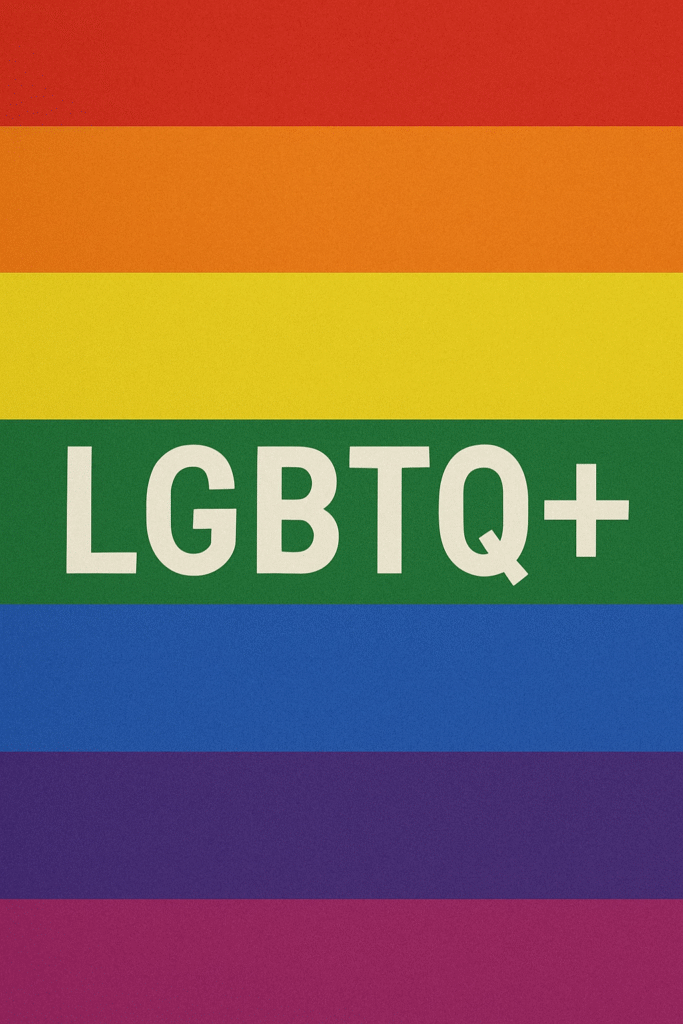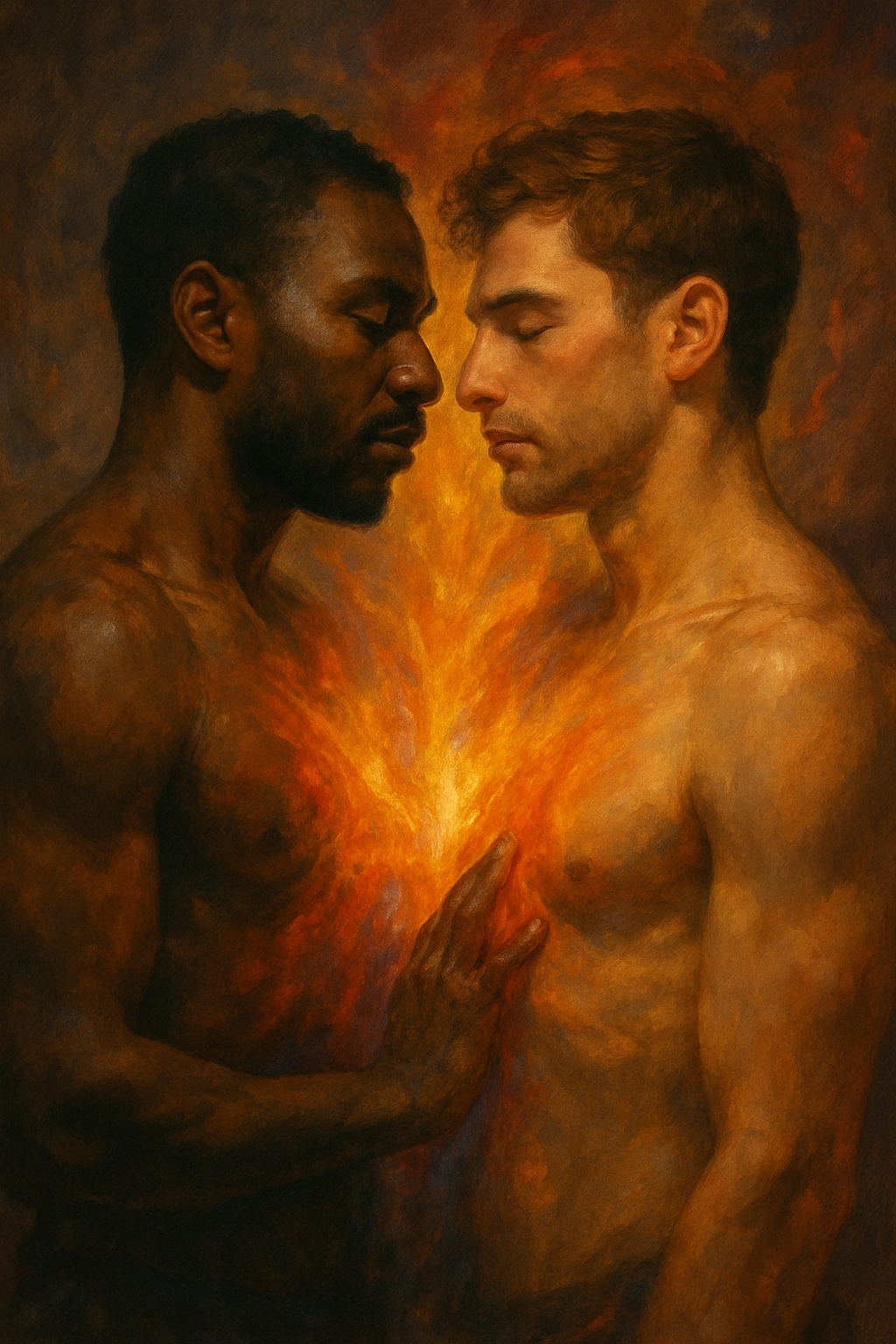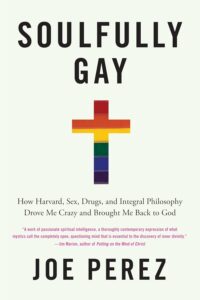THE LANGUAGE OF LOVE
Language is never just about precision—it’s about poetry, power, and presence. At Soulfully Gay II, we take the words we use seriously, especially when they touch on something as intimate and sacred as same-sex love and desire. And so today, I want to share a few thoughts about the terminology we’ll be using throughout this project.
Let’s begin with a simple observation: our language for same-sex attraction is messy. Take the term homosexuality—a hybrid of Greek (homo, meaning same) and Latin (sexuality, from sexus, meaning sex). It’s clinical, historically pathologized, and deeply tied to identity politics of the last century. Then there’s homophilia, a term from the mid-20th century that was introduced as a gentler alternative—love instead of sex. And yet it never quite caught on in popular speech.
In seeking a richer and more resonant vocabulary, I’ve found several possible directions worth considering. Each brings its own nuance and value.

Terms for the Directedness of Love
Rather than beginning with identity labels, this blog often focuses on the directedness of love and desire—where love flows, and how it shapes our experience. These terms don’t define who someone is, but what kind of longing or connection they embody. There are now six options we might consider:
1. Homoeros and Homophilia
This pairing uses Greek-to-Greek symmetry—eros for passionate or erotic love, and philia for affectionate, brotherly, or spiritual love. Both are rooted in ancient understandings of human desire, and both help us differentiate between different modes of same-directed attraction.
2. Homophilia and Homoeroticism
This is a more academic or literary pairing. Homophilia still signals love, while homoeroticism describes the aesthetic, symbolic, or sexual dimension of same-sex attraction. This set works well in discussions of culture, media, or queer theory.
3. Homophilia
This approach uses homophilia as a broad term encompassing both emotional and erotic affection, qualified when needed (e.g., erotic homophilia, platonic homophilia). It avoids splitting the human experience into fragmented parts and can be useful in therapeutic or spiritual discourse.
4. Agape-Directedness and Eros-Directedness
This phrasing steps further into philosophical terrain. Rather than labeling people, it describes the nature and direction of their longing. Agape-directedness reflects selfless, unconditional love; Eros-directedness reflects erotic longing. These terms are not neutral—they reflect philosophical and spiritual roots in Greek thought and Christian mysticism. They are useful in a philosophically integrative, post-identitarian approach.
5. Same-Sex Love and Same-Sex Desire
This is the most accessible phrasing for many readers. It uses common language to express what we mean when we speak about homoeros and homophilia—without requiring the reader to know Greek. We may also use these terms in educational or introductory contexts.
6. Gayness and Straightness
These terms were used extensively in the original book Soulfully Gay, where they were given technical definitions: gayness referred to same-sex love in all its aspects, and straightness to opposite-sex love. In this context, they include the directedness of both love and desire, not identity or culture, and this is basically what I meant to indicate.
In Soulfully Gay II, we will use these terms sparingly.
The reason is that in contemporary usage, gay and straight are heavily associated with identity, community, and cultural politics. This leads to frequent misunderstandings, especially when attempting to speak about love’s energetic or spiritual qualities. Because these terms are broader than homophilia and heterophilia, they risk conflating essence with ego, which can obscure the more nuanced view we seek to offer.
The reason for emphasizing the directedness of love and desire is that we seek to precisely indicate the relationship between the experience of gays and lesbians and the philosophical nature of self-immanence and self-transcendence.
Gay love (agape or platonic or self-sacrificial love) points toward the immanent Divine—compassionate, abiding, unifying.
Erotic gay love (eros, longing, creative fire) expresses a radiant, sometimes ecstatic drive toward transcendence.
Making these distinctions helps us to articulate the content of nondualistic and integrative spirituality in a way that resonates more deeply with gays and lesbians than it typically does with heterosexual experience.

Terms on Sexual Identities
While the above section focuses on the direction of love, there’s another realm of language that deals with identity—how people name and describe themselves. And here, the terrain becomes even more complex.
Across cultures, people have developed a wide variety of terms for those who experience same-sex love or desire. In English-speaking countries, “gay” and “lesbian” are most common. In Latin cultures, one might hear passivo or activo to describe sexual roles. Some cultures have traditional “third gender” identities that include people who would not be considered strictly gay or lesbian in the Western sense.
There are also many derogatory terms—like fag, queer, homo, or worse—that have been used to harm, marginalize, or erase. And yet some individuals choose to reclaim these slurs as badges of defiance or symbols of liberation. Context always matters.
Here on Soulfully Gay II, our approach will be as follows:
- We generally use gay love to describe agape-directedness, and gay desire to describe eros-directedness, without assuming any fixed identity. We will use the term “gay” to refer to gay men, or to gay men and gay women collectively; we will use “gay women” or “lesbian” to refer to women identified with same-sex love and desire. We may refer to bisexual- and pansexual-identified persons as bi-directed or pan-directed as the case may be.
- When referring to cultural identities, we may use terms like LGBTQ or LGBTQ+—recognizing that these terms include a broader coalition, including allies, trans and nonbinary people, and others. These labels are sometimes theoretically inaccurate for our specific conversations, but they are useful when speaking about social movements, inclusion, or policy.
- When we seek to use an umbrella term to refer to the political and cultural coalition unifying many sexual and gender minorities, we will prefer the term LGBTQ+. This is because the community includes many individuals for whom queer remains an offensive or alienating term—especially in non-American cultures, where the term has not been reclaimed or has different connotations.
- That said, we acknowledge that queer is sometimes used to describe a special kind of individual identity—one that is explicitly disruptive, rebellious, and committed to challenging or toppling dominant cultural norms. It carries a spirit of resistance and radical transformation. In this blog, we will explore the possibility that there is such a thing as queer-directedness—a form of longing or orientation that is not easily reduced to binaries like gay or straight, but that both aligns with and unsettles the very notion of same- and opposite-directed love.
This blog is not primarily concerned with collective identities. This is not because we aspire to be apolitical or to retreat from the world, but because our understanding of gay spirituality is nondual.
We therefore hold all identity—man or woman, trans or cis, gay or straight or bi—lightly and fluidly.
Whereas homophilia and homoeros point to the root of our essence as human beings, our identity as gay or lesbian is important primarily for the ego. What the ego needs to be well-structured and healthy is worthy of attention—but it is not the central focus of this blog.
Ultimately, Soulfully Gay II is a space where language is held lightly, but lovingly. Where terms are chosen not to constrain, but to liberate. And where clarity in terminology becomes a portal to deeper spiritual insight, creative freedom, and human connection.


